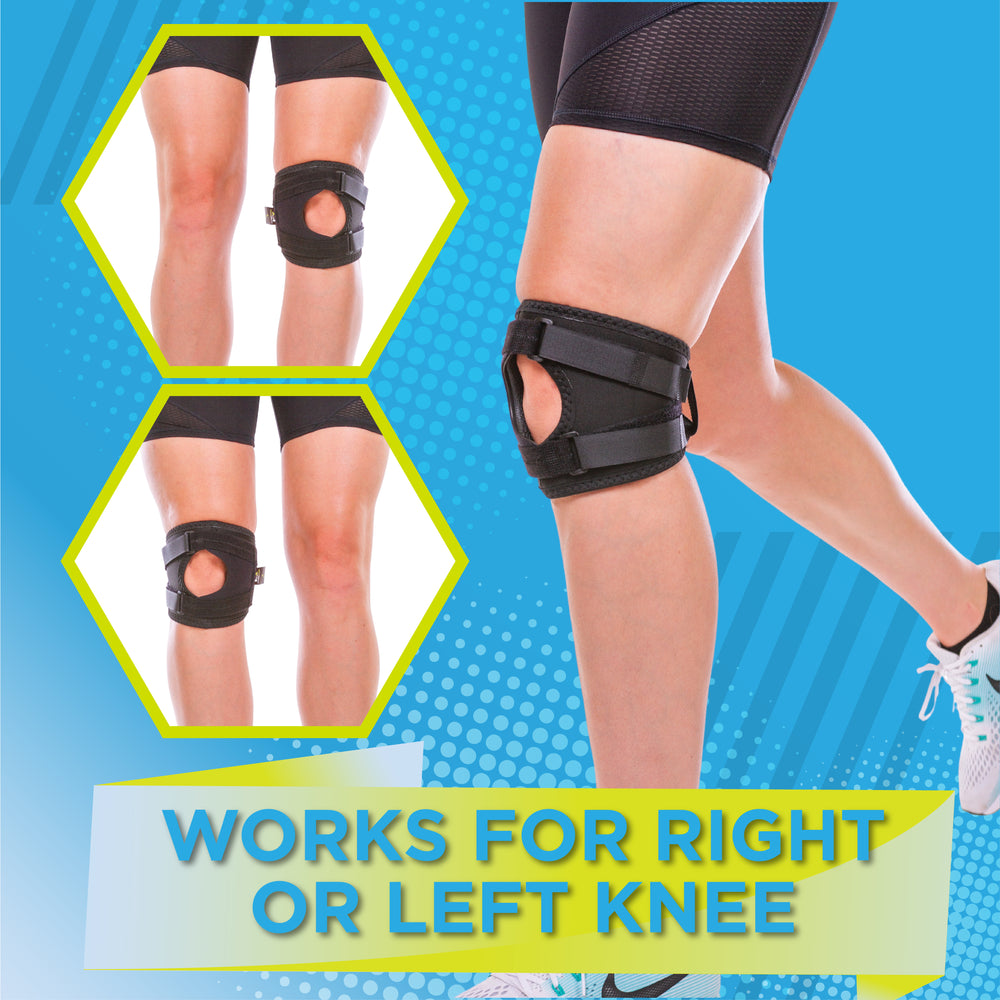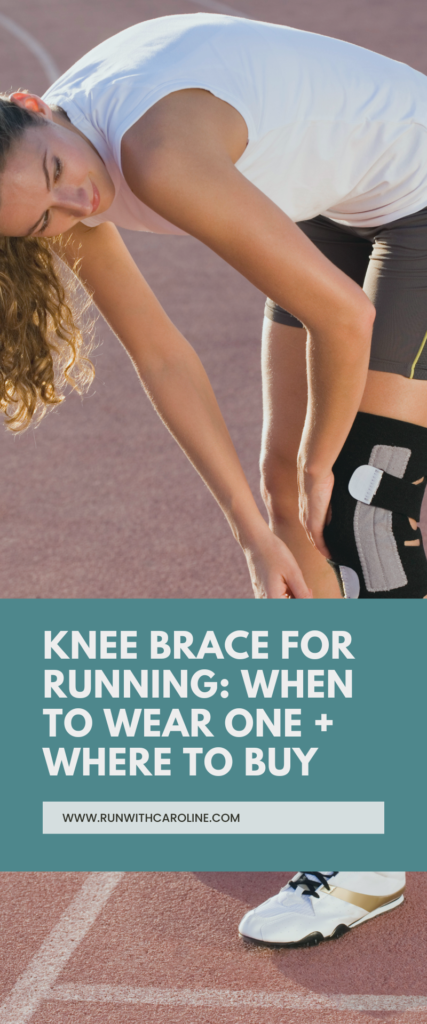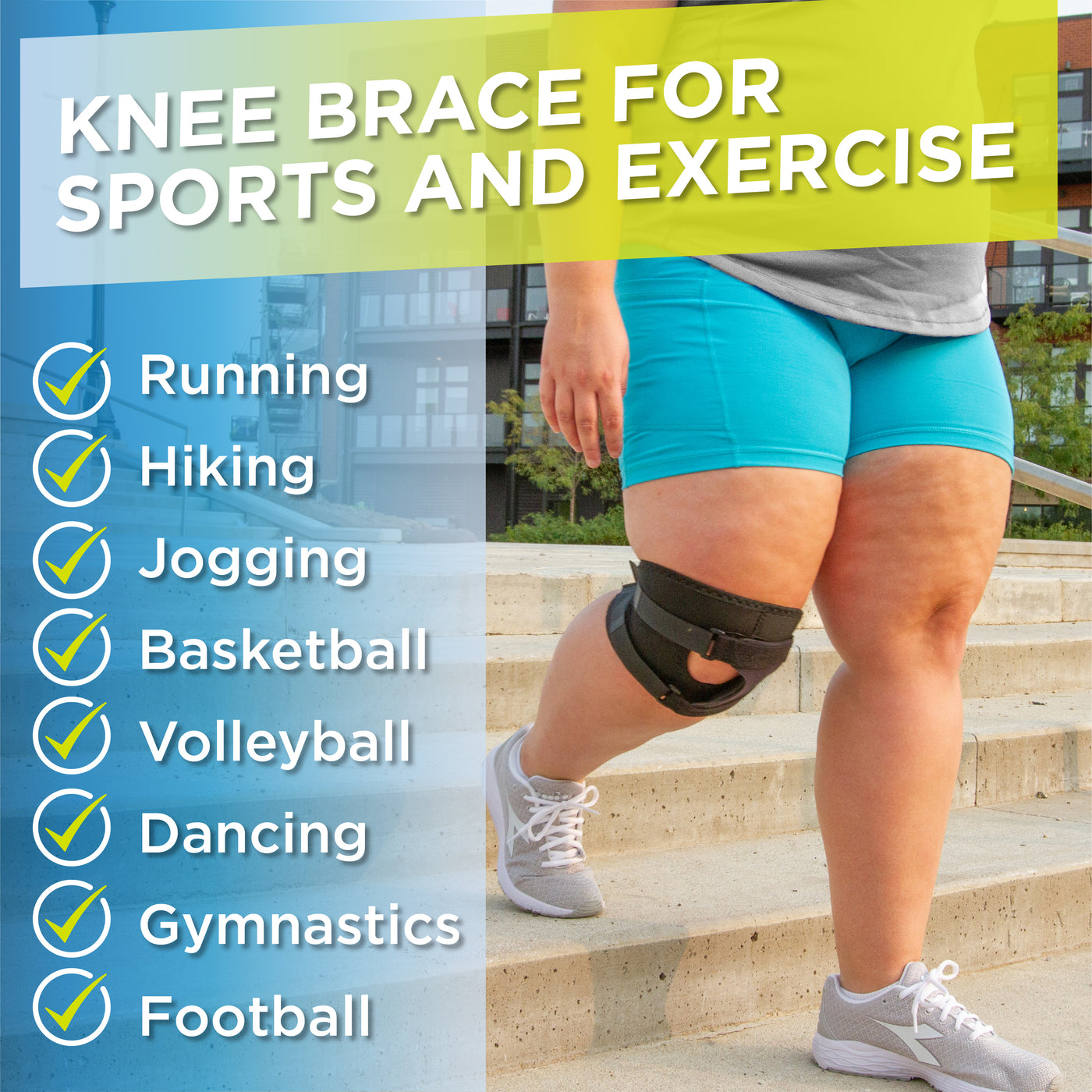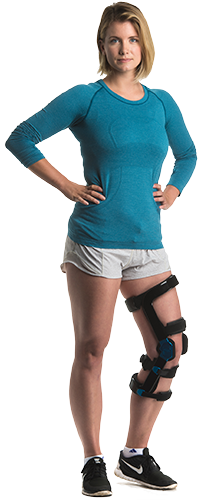Can I Run With A Knee Brace

The familiar sting of knee pain threatens to sideline countless runners every year. The question echoing in their minds: Can I keep running? Or, more specifically, can a knee brace be the key to staying on the road or the trail?
For many, the allure of lacing up those running shoes is powerful, but the smart choice demands a careful assessment of risks and benefits. Braces promise support, stability, and a return to normalcy. But the reality is often far more nuanced.
This article will dissect the efficacy of knee braces for runners. We’ll explore when they're appropriate, the different types available, and the potential drawbacks that could hinder, rather than help, your running performance.
Understanding the Need for a Knee Brace
A knee brace isn't a magic bullet; it's a tool. It should be considered within a comprehensive treatment plan guided by a qualified healthcare professional, typically a physician or physical therapist.
According to the American Academy of Orthopaedic Surgeons (AAOS), braces are often used to manage pain and provide stability in individuals with various knee conditions. These include osteoarthritis, ligament injuries (ACL, MCL, LCL), and patellofemoral pain syndrome.
The decision to run with a brace should depend on the specific condition and its severity. A mild meniscus tear might respond well to bracing during low-impact runs, whereas a complete ACL tear might require surgery and extensive rehabilitation before considering any running, even with a brace.
Types of Knee Braces and Their Applications
Not all knee braces are created equal. Each type offers different levels of support and is designed for specific purposes.
Hinged Knee Braces
These braces offer the highest level of support and are often prescribed for ligament instability, especially after an ACL or MCL injury. They restrict excessive side-to-side or rotational movement.
While providing excellent stability, hinged braces can be bulky and may alter your natural gait, potentially leading to compensatory issues elsewhere in the body.
Sleeve Knee Braces
Sleeve braces, often made of neoprene, offer compression and warmth, which can help reduce pain and swelling. They provide minimal support and are suitable for mild knee pain or patellofemoral pain syndrome.
These braces might improve proprioception – your body's awareness of its position in space. However, they do not offer substantial protection against instability.
Patellar Stabilizing Braces
These braces are designed to keep the patella (kneecap) properly aligned within the groove. They are often used for individuals with patellofemoral pain syndrome or patellar subluxation.
They typically feature a cutout for the patella and straps to help guide its movement. Studies have shown that these can reduce pain during activities like running in specific instances.
Unloader Knee Braces
Unloader braces are designed to shift weight away from the affected compartment of the knee, often used in cases of osteoarthritis. They can provide significant pain relief by reducing stress on the arthritic joint surfaces.
However, they can be cumbersome and may not be suitable for all runners, particularly those who require agility and speed.
Potential Benefits and Risks of Running with a Knee Brace
The potential benefits of running with a knee brace include pain reduction, increased stability, and improved confidence. It can allow some runners to continue training while recovering from an injury or managing a chronic condition.
Conversely, potential risks include altered gait mechanics, muscle weakness, skin irritation, and a false sense of security. Relying solely on a brace without addressing the underlying cause of the knee problem can lead to further injury.
"The biggest risk is using a brace as a crutch," warns Dr. Emily Carter, a sports medicine physician at the University of California, San Francisco. "It's important to address the underlying strength and flexibility deficits that contribute to the knee pain."
Expert Opinions and Research Findings
Research on the effectiveness of knee braces for runners is mixed. Some studies show that braces can reduce pain and improve function in specific populations, while others find no significant benefit.
A meta-analysis published in the Journal of Orthopaedic & Sports Physical Therapy concluded that hinged knee braces can improve stability and reduce the risk of re-injury in athletes returning to sport after ACL reconstruction.
However, the study also cautioned that braces should not be used as a substitute for proper rehabilitation and neuromuscular training.
Another study in the American Journal of Sports Medicine found that knee sleeves can reduce pain and improve proprioception in runners with patellofemoral pain syndrome. However, the effect was small, and the study emphasized the importance of a comprehensive treatment approach, including strengthening exercises and gait retraining.
Making an Informed Decision
Before running with a knee brace, consult with a healthcare professional. Get a proper diagnosis of your knee condition and discuss your treatment options.
A physical therapist can assess your biomechanics, identify muscle imbalances, and develop a personalized rehabilitation program. They can also help you select the appropriate type of brace and teach you how to use it correctly.
Start slowly and gradually increase your running distance and intensity. Pay attention to your body and stop if you experience any pain or discomfort. Be sure to continue your strengthening and flexibility exercises to support long-term knee health.
The Future of Knee Bracing in Running
Advancements in brace technology are constantly emerging. Researchers are exploring new materials, designs, and sensor technologies to create more effective and comfortable braces.
Smart braces, equipped with sensors and data analytics, could provide real-time feedback on knee joint mechanics and help runners optimize their training and prevent injuries. These technologies are still in their infancy but hold promise for the future.
Ultimately, the decision to run with a knee brace is a personal one that should be made in consultation with a healthcare professional. While a brace can provide temporary relief and support, it's crucial to address the underlying cause of your knee pain and develop a comprehensive treatment plan to ensure long-term running success and knee health.
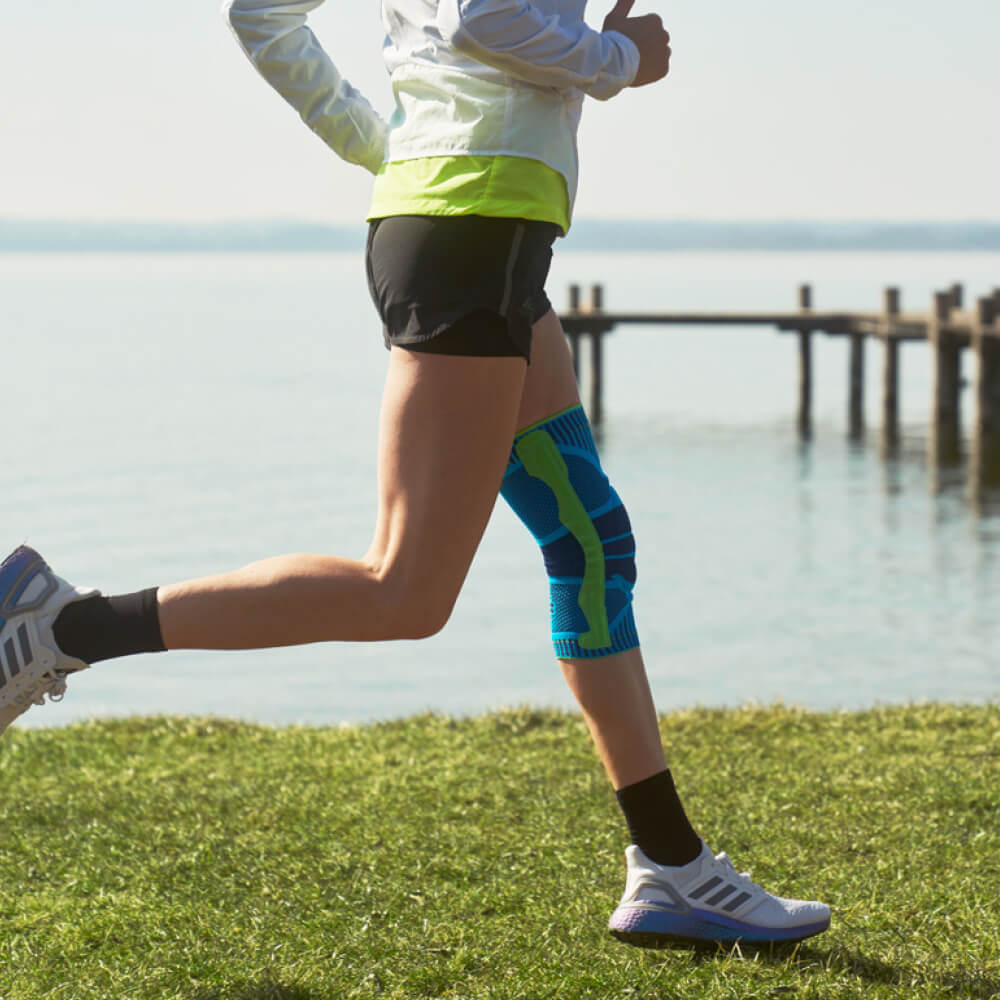
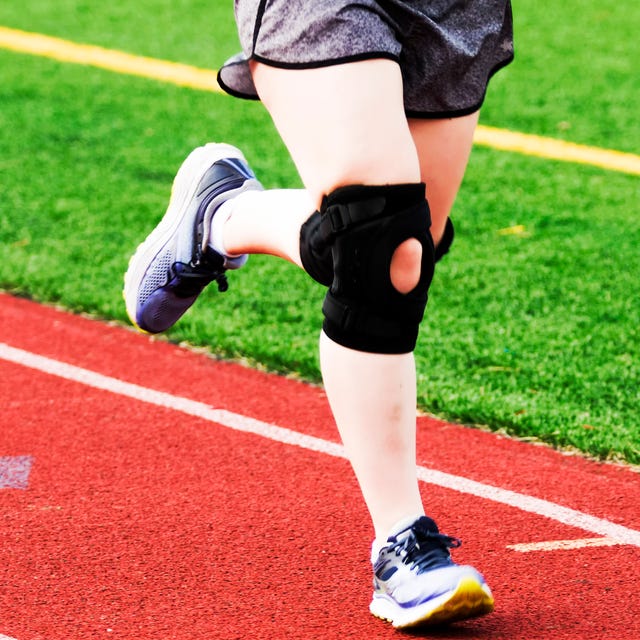

![Can I Run With A Knee Brace Should I Wear A Knee Brace For Running? [Types + Benefits]](https://revelsports.com/wp-content/uploads/2022/12/should-i-wear-a-knee-brace-for-running.png)

